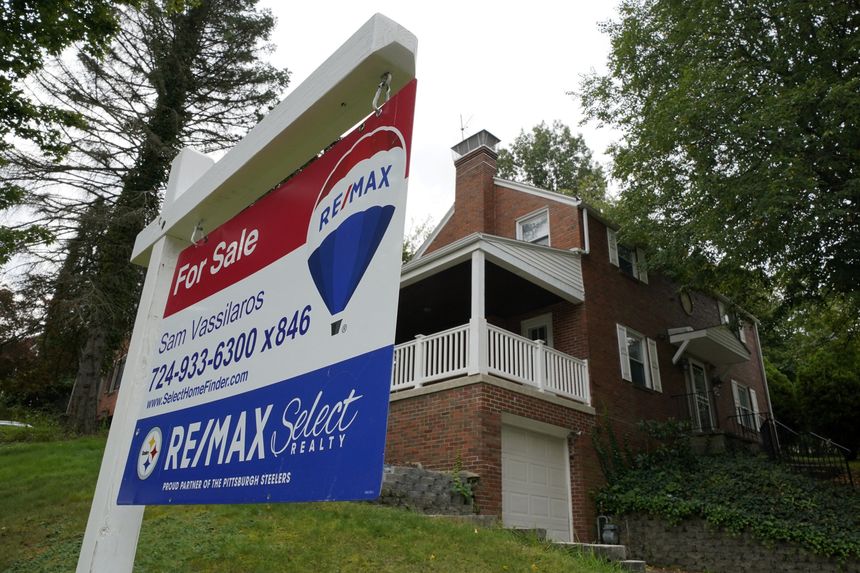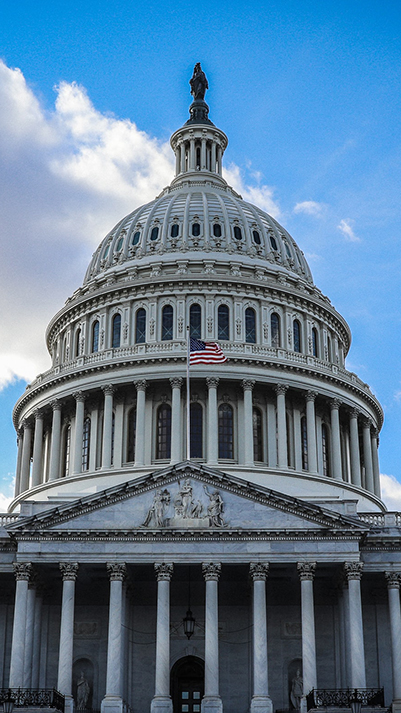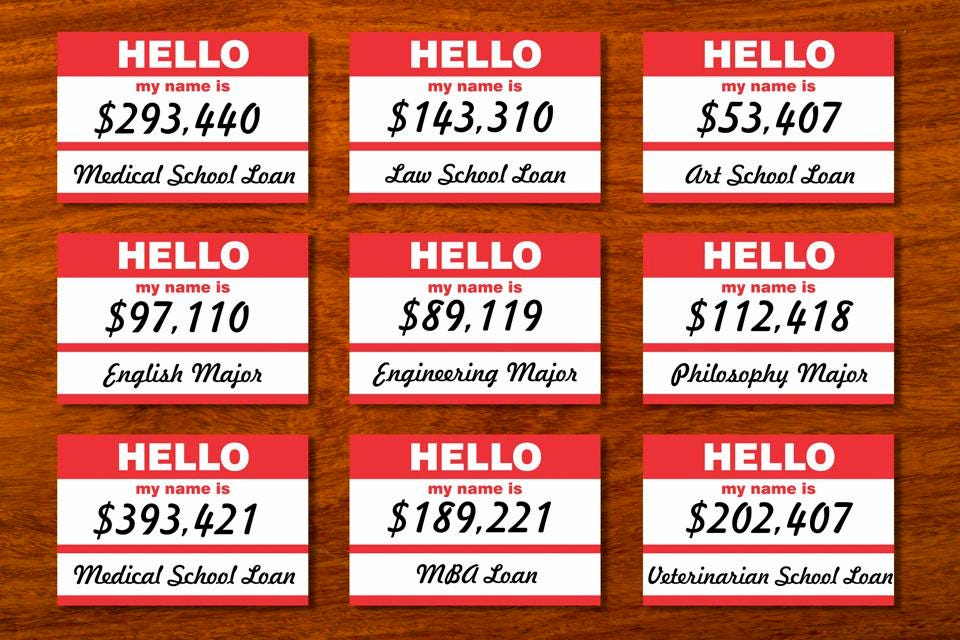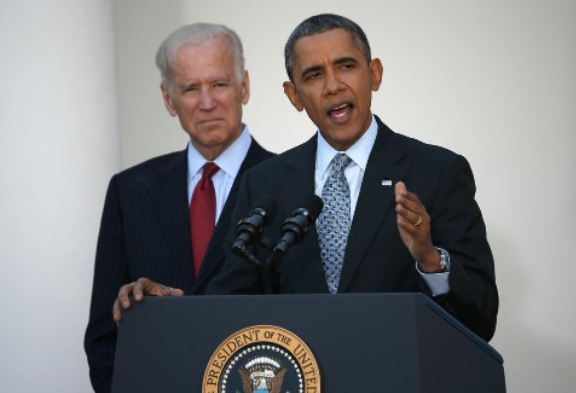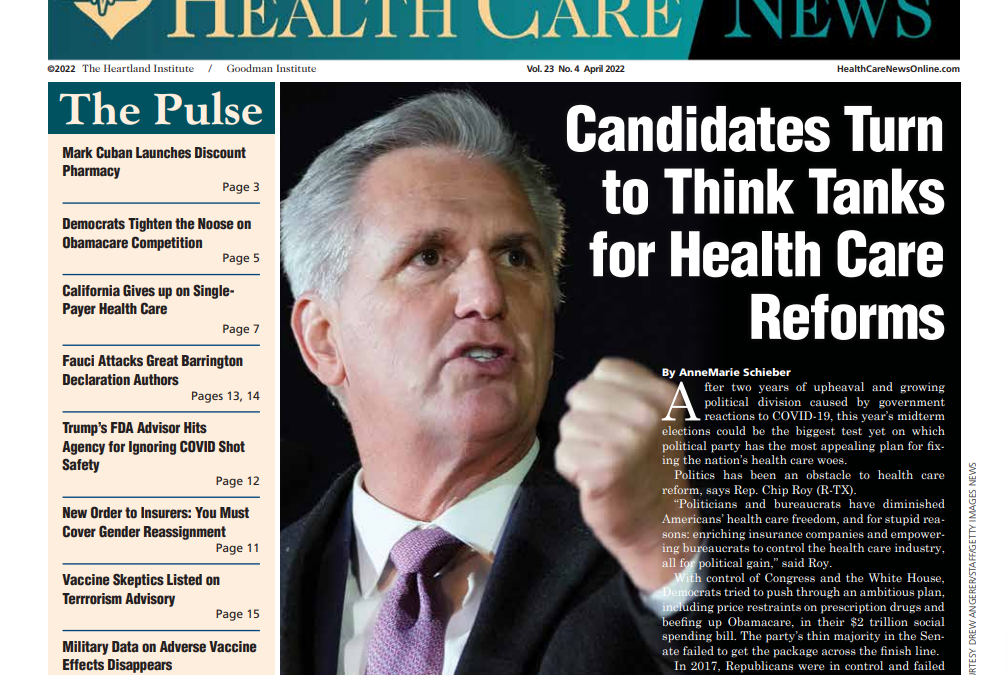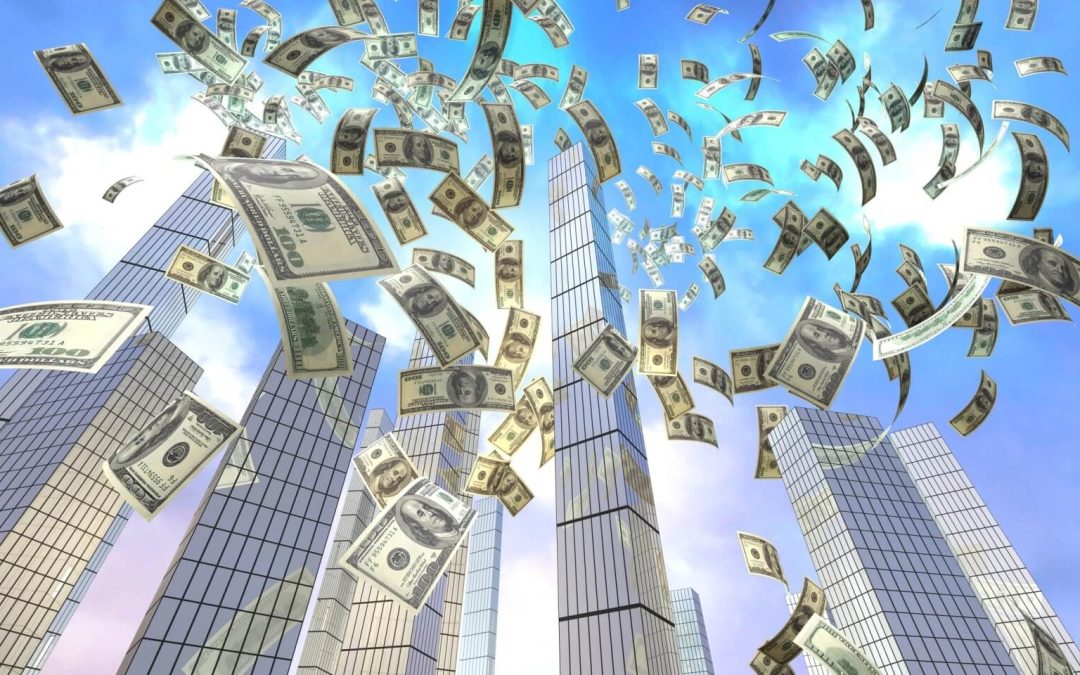Buy now. Houses, like most physical assets, retain their real value during high inflation and have done far better than most such assets. Plus, if you buy a primary residence now and home prices fall, you won’t be affected unless you need to sell. As long as you have a stable job, can manage your mortgage, and don’t need to move anytime soon, a short-term drop in housing prices isn’t a concern.
